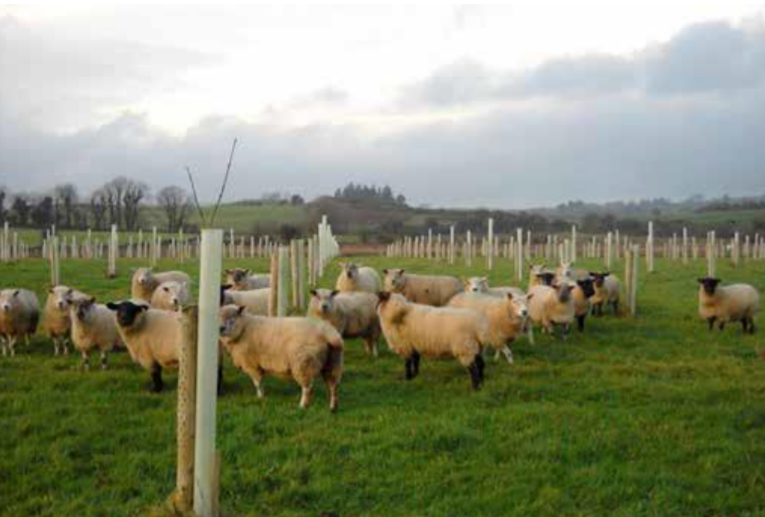The motivation for this Masters’ Thesis by Claire Lombard was to provide further insights at a regional scale on the agroforestry legal landscape within the European Union. A literature review, supplemented by expert interviews was undertaken between May-September 2020. Three questions were investigated:
1) How is agroforestry defined within the legal frameworks of France, UK, Ireland, and Germany?
2) What are the enabling policies, economic incentives, and legal constraints for agroforestry systems in these regions?
3) What are the policy relevant insights and recommendations?

Seventeen enabling policy measures across the study regions were identified during the review and these were classified into three broad typologies: government plans and funded programmes, laws and regulatory standards and voluntary codes of practice. Additionally, 18 aid schemes were reviewed. The review found that France is leading in promoting the mainstream application of agroforestry into farming practice. Agroforestry policy positions and legal definitions are uncertain in Germany and England. A recent momentum in economic support for agroforestry establishment and maintenance in France, Ireland, and parts of the UK is emerging. France, Ireland, Scotland, Northern Ireland, and Wales offer establishment and maintenance grants specifically dedicated to converting farmland to agroforestry as a long-term farming system. Analysis of the subsidy criteria reveals the diverse expressions of agroforestry definitions adapted by France, Ireland, and the UK to suit territorial conditions and strategic policy objectives.
Despite the existence of enabling measures and subsidies in these countries, farmers wanting to implement agroforestry across the study region face various legal obstacles, mainly inadequate economic support, lack of administrative support, and poorly adapted and coordinated policies. To overcome these constraints, solutions will come from many actions including:
• improved national support for agroforestry research;
• better legal recognition;
• regionalised premiums, results-based incentives and higher, longer and more flexible incentive conditions based on improved economic evaluations of the public benefits of agroforestry systems;
• wider policy framing coordinated at the local, national, and international scales, with multi-actor involvement; and
• a focus on agroforestry system interactions and connections rather than boundaries.











